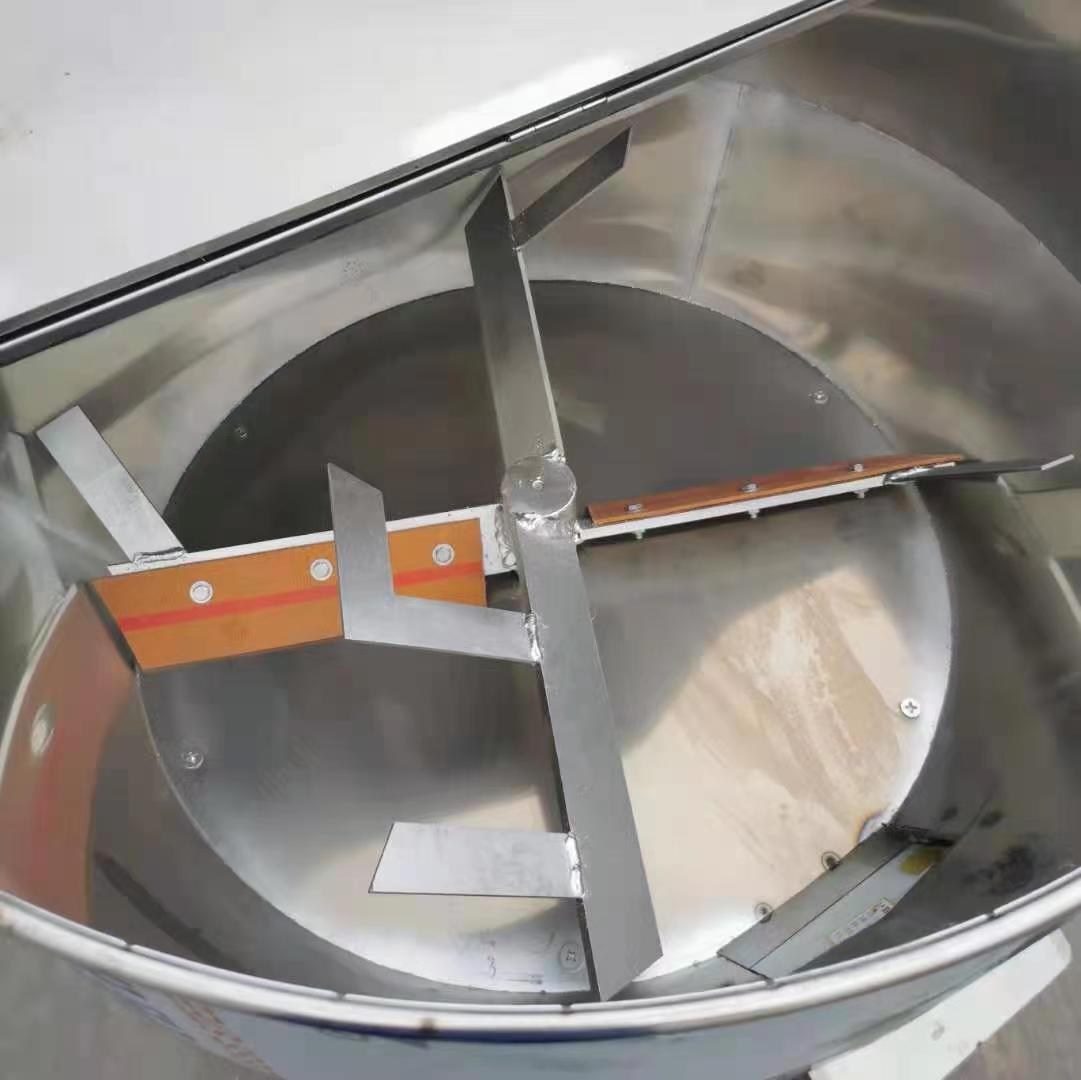exhaust fan shaft
Dec . 06, 2024 20:37 Back to list
exhaust fan shaft
Understanding the Importance of Exhaust Fan Shafts in Mechanical Systems
Exhaust fans are essential components in various mechanical systems, primarily used for ventilation and to remove unwanted air, fumes, or humidity. The effectiveness of these fans relies significantly on their design and the materials used in their construction. One of the critical components of an exhaust fan is the shaft. This article delves into the role of exhaust fan shafts, their design considerations, maintenance, and how they contribute to overall system efficiency.
What Is an Exhaust Fan Shaft?
The exhaust fan shaft is a cylindrical component that connects the motor of the fan to the fan blades. Its primary function is to transmit mechanical power from the motor to the blades, enabling them to rotate and generate airflow. The shaft must be designed to handle the forces and moments generated during operation, ensuring that the fan operates smoothly and efficiently.
Design Considerations
When designing an exhaust fan shaft, several factors must be taken into account.
1. Material Selection The choice of material is crucial due to the varying operating conditions. Common materials include stainless steel, aluminum, and in some cases, reinforced composites. Durability and resistance to corrosion and wear are paramount, especially in environments with high humidity or exposure to chemicals.
2. Length and Diameter The length and diameter of the shaft must be carefully calculated to minimize vibrations while maximizing strength. A shaft that is too long may lead to significant bending stress, while an overly thick shaft can add unnecessary weight, affecting the efficiency of the fan system.
3. Alignment and Bearings Proper alignment of the shaft is essential for reducing friction and wear. Misalignment can lead to premature failure of bearings and other components. Selection of appropriate bearings also plays a key role in ensuring smooth rotation and longevity of the fan assembly.
exhaust fan shaft

4. Load Considerations The shaft must be designed to endure the loads imposed by both the fan blades and any additional forces from airflow resistance. Finite element analysis (FEA) is often utilized in modern engineering to simulate potential stress points and improve design accuracy.
Maintenance of Exhaust Fan Shafts
Regular maintenance of exhaust fan shafts is critical to ensure their longevity and proper functioning. Over time, various issues may arise, leading to operational inefficiencies or failure. Some common maintenance practices include
1. Regular Inspections Periodic visual inspections can help identify signs of wear and tear, corrosion, or misalignment. Early detection of issues can prevent more significant problems down the line.
2. Lubrication Keeping bearings well-lubricated ensures that the shaft rotates smoothly, reducing friction and wear. The type and frequency of lubrication depend on both the shaft material and the operating environment.
3. Monitoring Vibration Levels Advanced systems are available to monitor vibration levels in real time. Excessive vibration may indicate imbalance, misalignment, or bearing wear, all of which require immediate attention.
4. Replacement of Worn Components As with any mechanical system, parts have a finite lifespan. Regularly replacing worn or damaged shafts and bearings can prevent failure and maintain system efficiency.
Conclusion
The exhaust fan shaft may seem like a simple component; however, it plays a pivotal role in the overall effectiveness of ventilation systems. Understanding its design and maintenance is crucial for engineers and technicians who want to maximize the reliability and efficiency of exhaust systems. Properly designed, maintained, and monitored shafts can lead to improved performance and a longer lifespan of the exhaust fan, ultimately contributing to better air quality and comfort in various environments. As technology advances, we can expect further innovations in the materials and designs of exhaust fan shafts, enhancing their functionality in ever-demanding applications. Emphasizing the importance of this component can help businesses and industries optimize their operations while ensuring compliance with health and safety standards.
-
Hot Sale 24 & 18 Door Rabbit Cages - Premium Breeding Solutions
NewsJul.25,2025
-
Automatic Feeding Line System Pan Feeder Nipple Drinker - Anping County Yize Metal Products Co., Ltd.
NewsJul.21,2025
-
Automatic Feeding Line System Pan Feeder Nipple Drinker - Anping County Yize Metal Products Co., Ltd.
NewsJul.21,2025
-
Automatic Feeding Line System - Anping Yize | Precision & Nipple
NewsJul.21,2025
-
Automatic Feeding Line System - Anping Yize | Precision & Nipple
NewsJul.21,2025
-
Automatic Feeding Line System-Anping County Yize Metal Products Co., Ltd.|Efficient Feed Distribution&Customized Animal Farming Solutions
NewsJul.21,2025






